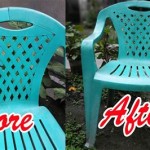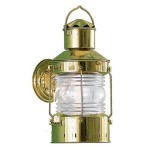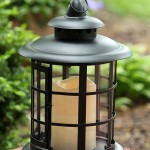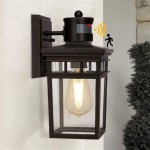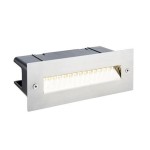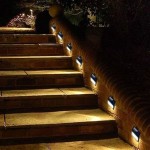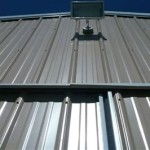How Many Lights for My Outdoor Tree?
Illuminating a tree in the landscape adds a dramatic and captivating element to outdoor spaces. However, achieving the desired effect requires careful planning and consideration, especially regarding the number of lights needed. This article outlines the factors involved in determining the appropriate quantity of lights for outdoor tree lighting.
A crucial initial step is identifying the tree's size and shape. Larger trees with dense foliage naturally require more lights than smaller, sparsely branched trees. Measuring the tree's height and width provides a baseline for calculations. For example, a tall, full tree might need significantly more lights than a small, ornamental tree.
The desired lighting effect plays a significant role in the number of lights needed. A subtle, ambient glow requires fewer lights than a bright, vibrant display. Consider the purpose of the lighting. Is it intended to highlight the tree's structure, create a focal point, or simply provide soft background illumination? The desired effect directly correlates with the necessary light quantity.
The type of lights chosen also influences the total number required. Incandescent lights, known for their warm glow, typically require more bulbs to achieve the same brightness as LED lights. LEDs, being more energy-efficient and brighter per bulb, can provide ample illumination with fewer units. Consider the lumen output of the chosen light type when determining the quantity.
The tree's location within the landscape also plays a role. A tree standing alone as a focal point will likely need more lights to highlight its features. Trees within a grouping or serving as a backdrop might require fewer lights, depending on the overall lighting design. The surrounding landscape lighting should be considered to avoid over- or under-lighting the tree.
Wiring considerations are essential for practical installation. The length of the light strings and the power source need to be compatible with the number of lights. Overloading circuits can be a safety hazard and should be avoided. Consult wiring guidelines and consider professional installation for complex lighting projects.
A common guideline for calculating the required number of lights is using the tree's circumference. Measure the circumference of the tree at chest height and multiply this measurement by three to get a starting point for the total number of lights. This method provides a good estimate, particularly for wrapping lights around the trunk and main branches.
Another method involves calculating based on tree height. A general recommendation is to use 100 to 200 lights per foot of tree height. This method is particularly useful for larger trees where wrapping individual branches might be impractical. Adjust the number based on the desired brightness and the type of lights used.
Using net lights can simplify the process, especially for dense foliage. These interconnected lights cover a larger area, reducing the number of individual strands needed. Consider the dimensions of the net lights and the tree's canopy size when opting for this method.
For wrapping individual branches, a more meticulous approach is necessary. Start with the trunk and main branches, working outward towards the smaller branches. The number of lights will depend on the branch density and the desired level of illumination for each branch. This method allows for more control over the final appearance.
Experimentation is often the best approach to achieve the desired effect. Start with a smaller number of lights and gradually add more until the desired brightness and coverage are achieved. This allows for adjustments based on the specific characteristics of the tree and the surrounding environment.
The use of different lighting techniques can also impact the overall number of lights needed. Uplighting, which involves placing lights at the base of the tree and shining them upwards, can create a dramatic effect with fewer lights. Downlighting, where lights are placed higher in the tree and shine downwards, can provide a softer, more ambient illumination.
The color of the lights also influences the perceived brightness. Warm white lights tend to appear less bright than cool white or colored lights. Consider the desired ambiance and color scheme when selecting lights and determining the necessary quantity.
Regular maintenance and inspection are essential for the longevity and safety of outdoor tree lighting. Check for damaged bulbs or wiring and replace them promptly. Ensure that the lights are weatherproof and suitable for outdoor use. Proper maintenance will enhance the beauty and functionality of the lighting display.

How Many Lights For Wrapping Trees

How Many Lights For My 30 Foot Outdoor Tree Light Source

How Many Lights For Trees 1000bulbs Blog

How Many Lights For Wrapping Trees

How Many Lights For Tree Light Calculator Find Exact Number

How Many Light Strings Do I Need To Wrap My Tree Source

How Many Lights For Trees 1000bulbs Blog

How Many Lights Do You Need For A 4 10ft Tree

How To Put Fairy Lights On A Tree An Easy Guide For Beginners

How To Put Fairy Lights On A Tree An Easy Guide For Beginners
Related Posts
